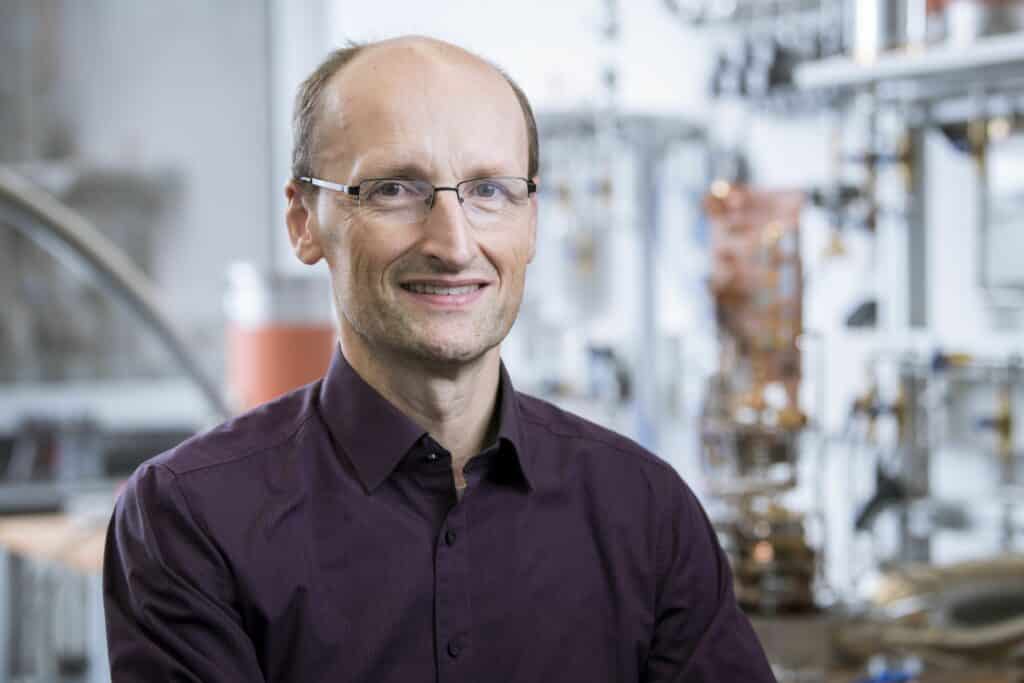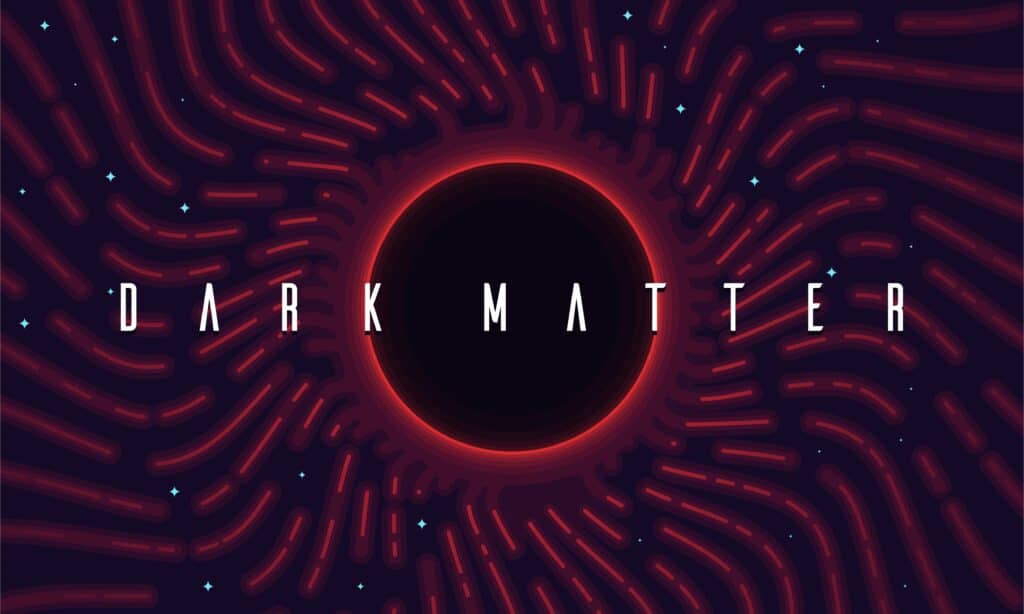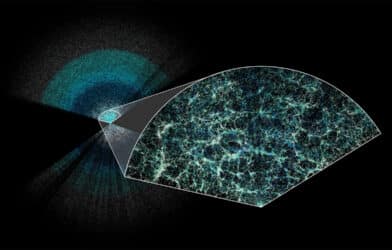In the vastness of space, a mystery lingers, invisible yet omnipresent: dark matter. Scientists have long pondered its nature, and now, a major European research project, DarkQuantum, spearheaded by Professor Wolfgang Wernsdorfer of KIT’s Physikalisches Institut, is on the brink of a breakthrough.
Dark matter, though invisible as it neither emits nor reflects light or any other electromagnetic radiation, plays a crucial role in the universe. It’s integral to astrophysical and cosmological phenomena, yet its particle physics remains a puzzle.
A leading hypothesis suggests dark matter is composed of axions, hypothetical, low-mass particles that weakly interact with ordinary matter. Within strong electromagnetic fields, axions could convert into electromagnetic waves and vice versa, offering a gateway to detect them.
DarkQuantum: A Revolutionary Approach
The European DarkQuantum project, funded by a substantial European Research Council Synergy Grant, is at the forefront of this quest. Combining quantum technology with particle physics infrastructure at prestigious institutions like CERN and DESY, DarkQuantum aims to detect axions in the galactic halo, the outer region of the Milky Way.
Utilizing superconducting qubits, DarkQuantum plans to construct two quantum-based haloscopes. These advanced sensors, with their heightened sensitivity to minuscule electromagnetic radiation and reduced background noise, could detect axions by their interaction with electromagnetic fields.
“The axion haloscopes are equipped with a cooled vacuum chamber, where a strong magnetic field generates axions converted into photons,” Professor Wernsdorfer explains in a statement. These oscillations in the electromagnetic field would be recorded by highly sensitive detectors.

A luminary in physics, Wernsdorfer boasts an illustrious career. With degrees from the University of Würzburg and the École normale supérieure de Lyon, his accolades include a Humboldt Professorship at KIT and an ERC Advanced Grant. His research focuses on quantum devices spanning semiconductors to magnetic molecules.
Proving the existence of axions could revolutionize our understanding of reality. It requires collaboration across diverse physics fields, from cryogenics to quantum circuits. “If the DarkQuantum project’s new strategies succeed in proving axions experimentally, this would be a breakthrough in physics that would have a fundamental impact on our understanding of reality,” says Wernsdorfer.
DarkQuantum is a collaboration of eight European universities and research institutes, with the Universidad de Zaragoza/Spain coordinating. The project, slated for six years, boasts funding of 12.9 million euros, with KIT receiving approximately two million.
As DarkQuantum embarks on this quest, the enigma of dark matter might soon unravel, propelling our understanding of the cosmos into new realms.












